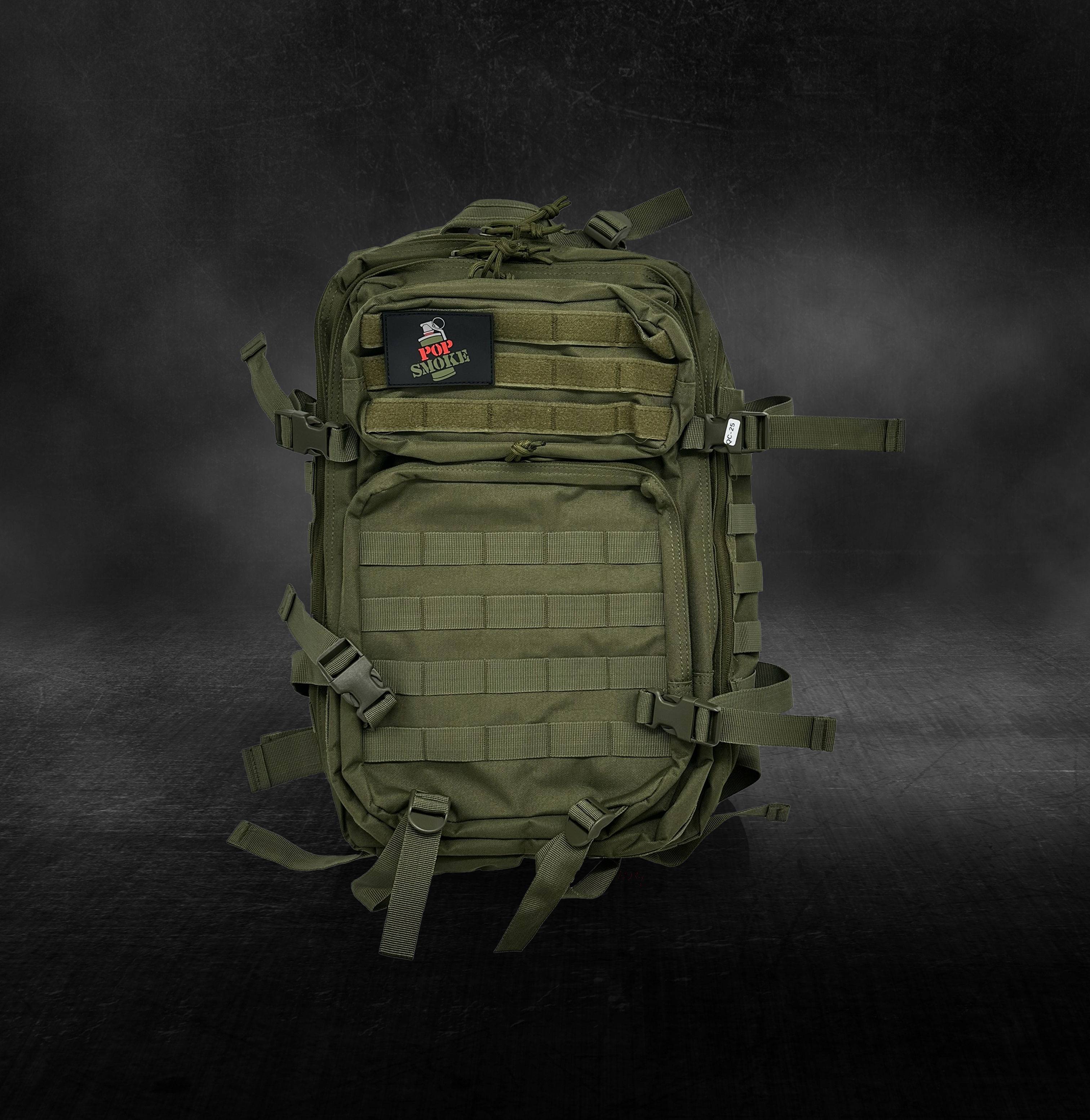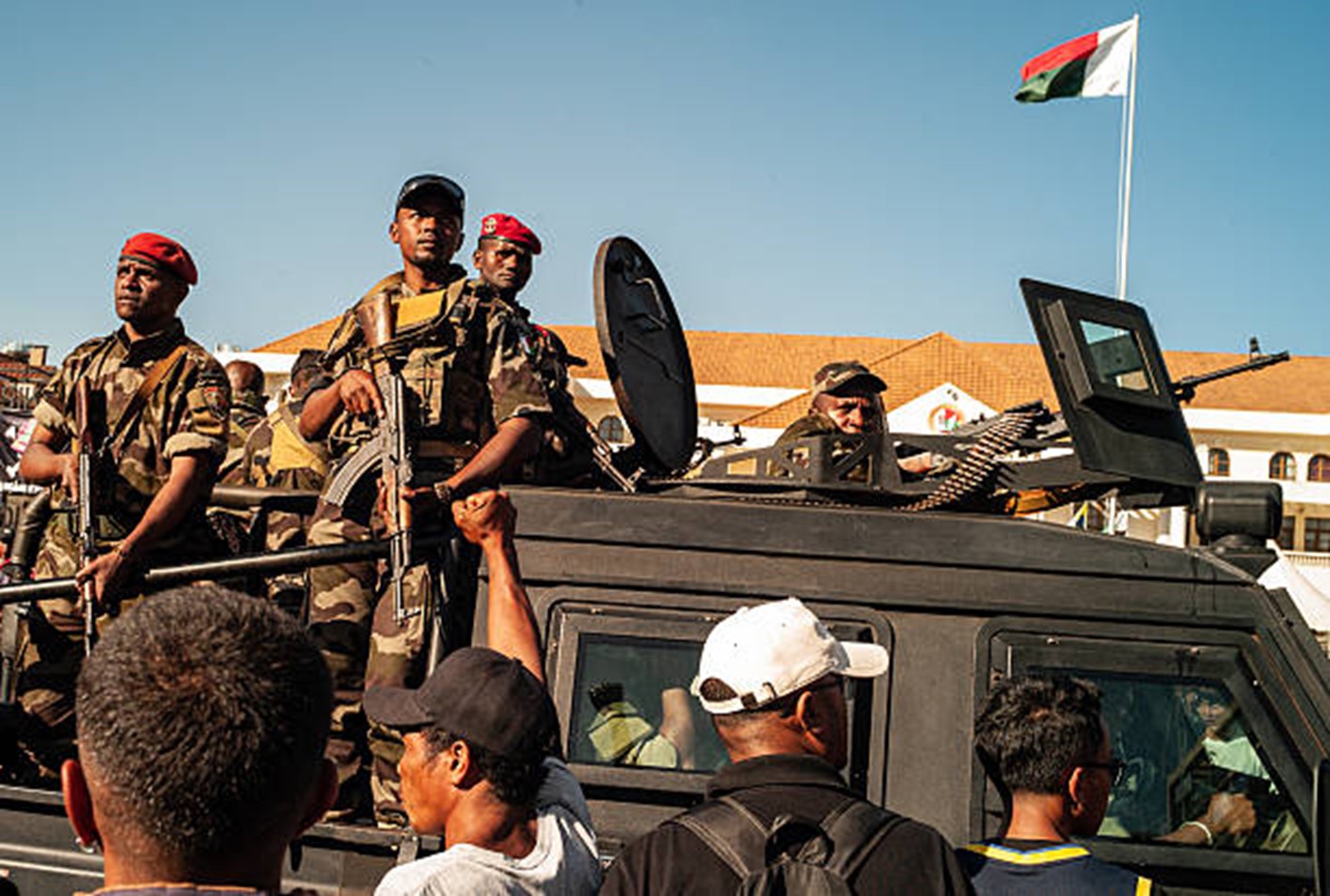Women across Iran burn their hijabs
In a rare act of feminist defiance, women in Iranian conservative strongholds like Kerman and Mashad — which require women to cover their hair while in public — are burning their hijabs to protest the death of 22 year old Mahsa Amini who died in police custody last week.

An Iranian woman in Tehran, Iran cuts off her ponytail as a cheering crowd burns their hijabs in protest. (Photo Credit: Twitter, @cheshm_abi_83
Last Tuesday, Mahsa Amini was arrested by Iran’s Morality Police whose job is to enforce the Islamic based social rules for women which include the wear of a hijab while in public..

Edited footage from a security camera was released by Iran’s state media and appeared to show Amini collapsing at a “re-education center” where authorities brought her to provide “guidance” on what she was wearing.
According to Iranian officials, Amini died after suffering a heart attack and going into a coma after being arrested. Amini’s family, however, stated that she did not have any heart issues.
Amini’s death is quickly becoming a major tipping point for both Iran’s citizens and its regime.
Women of Iran-Saghez removed their headscarves in protest against the murder of Mahsa Amini 22 Yr old woman by hijab police and chanting:
death to dictator!
Removing hijab is a punishable crime in Iran. We call on women and men around the world to show solidarity. #مهسا_امینی pic.twitter.com/ActEYqOr1Q
The last time a protest of this scale, reach, and intensity occurred in Iran was the Islamic Revolution in 1979.
Footage from these protests depict demonstrators chanting, “women, life, freedom” and “death to the dictator.” Others have been seen burning their hijabs, lighting fires in the streets, and battling with police. One video taken in the country’s capitol city of Tehran shows a group of young protestors chanting around a bonfire, “We are the children of war. Come on and fight, and we’ll fight back.”
According to witnesses, many of the demonstrations are “flash” protests, popping up quickly and vanishing quickly after to mitigate police interactions following increased instances of police violence.
One source claimed that Tehran University’s “Revolution Square” was the site of a violent police response in one of the country’s most historic epicenters for protests and demonstrations.
An eye witness told a CNN reporter, “Two young men were hit and beaten up by plainclothes police and anti-riot police, then dragged to the van in front of (the) subway entrance gate. A wounded girl lying on the sidewalk was taken by ambulance to the hospital, and five others arrested on the north side of [Revolution] Square.”
While a number of major Iranian cities are responding fiercely to Amini’s death, almost every provincial town in the Kurdish region of Iran has contributed to this civil uproar. According to a Norwegian organization tracking human rights violations in Iran, the Hengaw Organization for Human Rights, at least five demonstrators were shot and killed in the Kurdish region.
The Hengaw Organization also reported that 75 more people were injured before the start of this week.
Since Amini’s death on Friday, Netblocks — a site that monitors internet outages — has observed numerous internet outages across Iran. This would not be the first time that Iran has restricted internet use in order to maintain civil order and prevent protests.
















Conversation